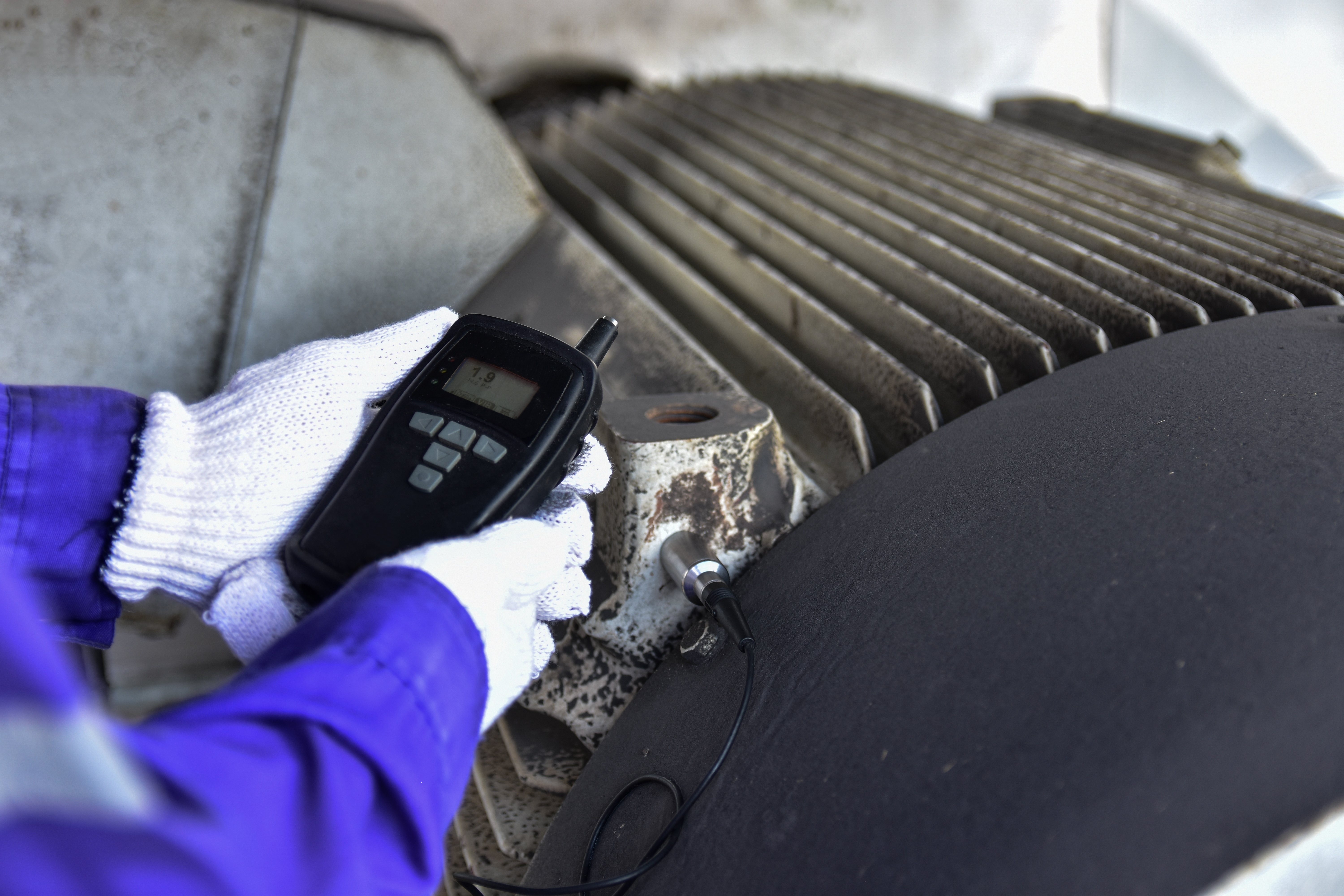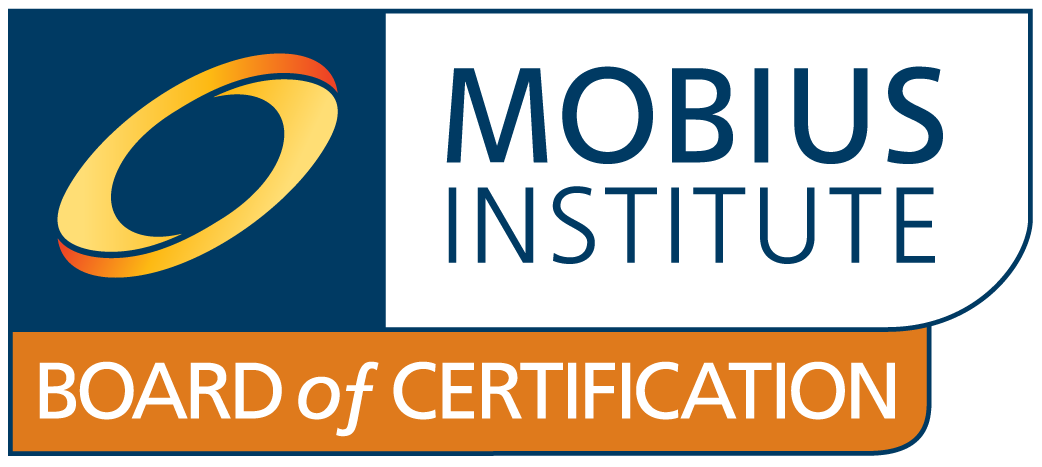
Session Details
USD 5,500.00
excl. VATOverview
The Certified Vibration Analyst (CAT-II) training course provides a comprehensive study of vibration analysis techniques, data collection, and fault diagnostics for rotating machinery. Designed for professionals with at least 12 months of vibration analysis experience, this program deepens understanding of how to effectively collect and analyze vibration data, identify common machinery faults, and apply corrective measures such as balancing and alignment.
Participants will explore advanced signal processing, resonance analysis, and diagnostic methods through practical exercises and real-world case studies. By the end of this course, attendees will be well-prepared to perform detailed machinery vibration analysis and implement corrective and preventive maintenance actions in compliance with ISO 18436 standards.

Mobius Institute is a global provider of reliability and condition monitoring training, offering accredited programs in vibration analysis, ultrasound, and precision maintenance. Based in Australia, it delivers public, in-plant, and online courses worldwide using interactive, visual learning to help professionals improve industrial reliability and asset performance.
Course Objectives
Upon successful completion of the course, participants will be able to:
Understand and Apply Vibration Analysis Principles
Explain vibration fundamentals, including waveform, spectrum (FFT), phase, and orbit analysis.
Interpret and correlate vibration signals with mechanical faults.
Optimize Data Collection and Signal Processing
Select appropriate transducers, measurement points, and analyzer settings (Fmax, resolution, averaging, filters, etc.).
Understand sampling, aliasing, windowing, and other key signal processing parameters.
Diagnose Machinery Faults
Identify and analyze mechanical issues such as imbalance, misalignment, looseness, eccentricity, bent shafts, resonance, and bearing and gear defects.
Use phase, time waveform, envelope, and shock pulse analysis for detailed fault detection.
Perform Corrective Actions
Apply vibration analysis to support maintenance decisions, including balancing, alignment, and resonance correction.
Conduct impact (bump) testing and acceptance testing according to ISO standards.
Implement Condition Monitoring Programs
Integrate vibration analysis within a broader reliability-centered maintenance (RCM) framework.
Set baselines and alarm limits manually or statistically.
Generate effective diagnostic and maintenance reports.
Enhance Overall Equipment Effectiveness (OEE)
Understand how precision maintenance, lubrication, alignment, and resonance control improve equipment reliability and operational efficiency.
Who Should Attend
This course is ideal for:
Vibration analysts with at least 12 months of practical experience
Maintenance and reliability engineers seeking to strengthen diagnostic capabilities
Predictive maintenance technicians responsible for machinery condition monitoring
Mechanical and rotating equipment engineers involved in troubleshooting and corrective actions
Supervisors and managers overseeing maintenance and reliability programs
Note: 18 months of vibration analysis experience is required to qualify for the ISO 18436-2 Category II certification examination.
Course Methodology
BK Management Team believe that learning is not only about acquiring technical skills, it is also about learning behaviors & Competencies that are desirable for work in plant operation & maintenance critical dimensions. Our holistic teaching develops our delegates' personal effectiveness to function both as an individual and as a team player. The course delivery & modes of instruction will incorporate theory, practical skills and Q&A sessions. To enhance learning outcomes, theory sessions will comprise classroom-based lecture that will intersperse with interactive discussions, scenario-based, case-study, group exercises, video clips, power point slides, learners' Guide and the application of various tools which will be provided to help in the delegates and participants of the learning’s objectives. With successful implementation of the learnt skills, they are bound to enhance Individual & Organizational growth. For online / Interactive Virtual sessions, Delegate should have a stable & good Internet connection on his laptop.
Certification
Participants who meet experience requirements, complete the training, and pass the Mobius Institute Board of Certification (MIBoC) exam will earn the ISO 18436-2 Category II Vibration Analyst Certification — one of the most internationally recognized qualifications in vibration analysis and condition monitoring.
Course Outline
Review of maintenance practices and condition monitoring technologies
Principles of vibration and review of vibration basics
Understanding waveforms, spectrum (FFT), phase, and orbits
Understanding signals: modulation, beating, sum/difference
Transducer types, selection, and mounting
Measurement point selection and test planning
Data acquisition procedures and common measurement errors
Signal processing fundamentals: filters, sampling, aliasing, windowing, dynamic range
Resolution, Fmax, averaging, and data collection strategies
Spectrum analysis methodology
Introduction to time waveform, phase, and orbit analysis
Enveloping, shock pulse, spike energy, and PeakVue analysis
Natural frequencies and resonances
Imbalance, eccentricity, bent shaft, and misalignment analysis
Analysis of mechanical looseness and cocked bearings
Rolling element bearing and gear fault analysis
Vibration analysis of induction motors, pumps, compressors, and fans
Phase analysis and impact (bump) testing
Corrective maintenance: balancing, alignment, and resonance correction
Setting baselines and alarm limits
Report generation and communicating success stories
Acceptance testing and ISO standards overview
Developing and sustaining a successful condition monitoring program
Course review, case studies, and exam preparation
Session Details
USD 5,500.00
excl. VATDo you have any questions ?
Jubail Industrial City, Saudi Arabia
373 road 112, First Industrial Area, Unit No.: 1 Al Jubail 35717 - 7043 KSA
Explore
About
© 2025 BK Consultancy & Training
All rights reserved.